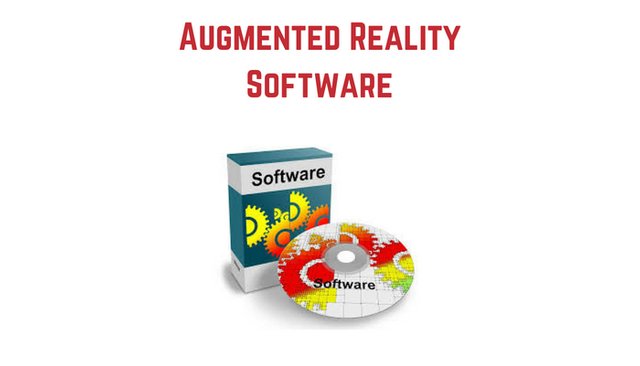Future scope of Augmented Reality Software

[241 Slides] Augmented Reality Software Market Research Report Categorizes by Software Function (Remote Collaboration, Workflow Optimization), Vertical (Consumer, Commercial, Enterprise, Medical, Aerospace & Defense, Mining, Telecom & IT/Data Centers), and Geography."
Download PDF Brochure-https://bit.ly/2JwapSM
The augmented reality software market was valued at USD 2.13 Billion in 2016 and is expected to reach USD 35.22 Billion by 2022, growing at a CAGR of 57.36% during the forecast period.
The increasing demand for AR-based software applications for 3D visualization in the medical sector, growing interest of large tech companies in AR, and increase in demand for AR in the e-commerce and retail sectors are the major drivers for the market.
Company Profile
(Business Overview, Products Offered & Services Strategies, Key Insights, Recent Developments, MnM View)
PTC, Inc. (US); Wikitude GmbH (Austria); Daqri LLC (US); Zugara, Inc. (US); Blippar (UK); Upskill (UK); Magic Leap (US); Atheer, Inc. (US); Marxent Labs LLC (US); Eon Reality (US); Infinity Augmented Reality (Israel); Inglobe Technologies (Italy); Scope AR (Canada); Immerseport (Australia); Jbknowledge, Inc. (US); Re’flekt GmbH (Germany); Viewar GmbH (Austria); Mortar Studios (Australia); Wear S.R.L. (Italy); Kudan (U.K.); Aurasma (UK); Augmate (US); Pristine, Inc. (US); Catchoom Technologies S.L (Spain); Ubimax GmbH (Germany)
Augmented reality software market for the consumer vertical is expected to hold the largest market share during the forecast period
Augmented reality software market for commercial vertical is expected to witness high growth during the forecast period
North America expected to lead the augmented reality software market during the forecast period
The augmented reality software market is expected to advance rapidly in this region owing to the rapid adoption of new technology, extensive research and development (R&D), and the presence of several companies in this region. The use of augmented reality software in various applications, especially wearable electronics, would help drive the growth of the augmented reality software market.
7 Market By Vertical
7.1 Introduction
7.2 Consumer
7.2.1 Gaming
7.2.2 Sports and Entertainment
7.2.3 Use Case Analysis
7.2.4 Key Developments in Consumer Vertical
7.2.5 Case Study: Bang & Olufsen, Denmark
7.3 Commercial
7.3.1 Tourism and Sightseeing
7.3.2 E-Learning
7.3.3 E-Commerce and Marketing
7.3.4 Use Case Analysis
7.3.5 Key Developments in Commercial Vertical
7.3.6 Case Study: Lacoste S.A., France
7.3.7 Case Study: Inter Ikea Systems B.V., Netherlands
7.4 Enterprise
7.4.1 Use Case Analysis
7.4.2 Key Developments in Enterprise Vertical
7.4.3 Case Study: Energy Recovery Inc., Us
7.4.4 Case Study: Agco Corporation, Us
7.5 Medical
7.5.1 Use Case Analysis
7.5.2 Key Developments in Medical Vertical
7.5.3 Case Study: Almirall S.A., Spain
7.6 Aerospace & Defense
7.6.1 Use Case Analysis
7.6.2 Key Developments in Aerospace & Defense Vertical
7.6.3 Case Study: Airbus S.A.S., France
7.7 Oil & Gas
7.7.1 Use Case Analysis
7.7.2 Key Developments in Oil & Gas Vertical
7.7.3 Case Study: Oil and Natural Gas Corporation Limited, India
7.8 Mining
7.8.1 Use Case Analysis
7.8.2 Key Developments in Mining Vertical
7.8.3 Case Study: Landor Associates, Us
7.9 Telecom and It/Data Centers
7.9.1 Use Case Analysis
7.9.2 Use Case Analysis for It/Data Centers
7.9.3 Key Developments in It/Data Centers
7.10 Other Verticals
7.10.1 Automotive
7.10.2 Construction
7.10.3 Use Case Analysis for Transportation & Logistics
7.10.4 Use Case Analysis for Other Verticals
7.10.5 Key Developments in Other Verticals
7.10.6 Case Study: Toyota Motor Corporation, Japan